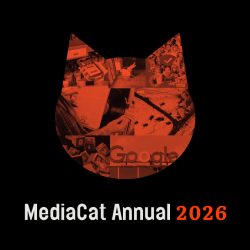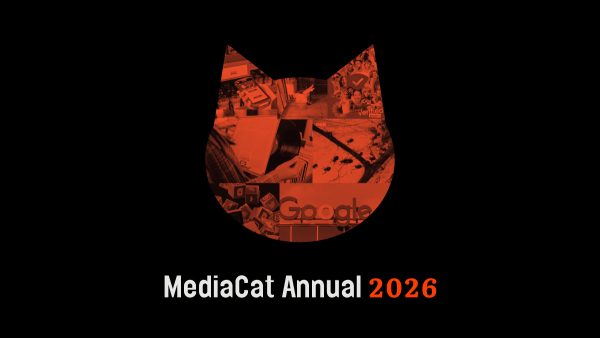Dentsu has integrated in-store eye-tracking data into its media planning tool in a move it says marks a turning point in how brands think about retail engagement.
The agency announced that it will use data from a new study conducted by attention measurement firm Lumen. Using eye-tracking technology in real Co-op stores, the research measured how much attention shoppers pay to different in-store advertising formats. While the full results are yet to be publicly released, the data shared so far suggests in-store advertising may be more impactful than many brands realise.
One of the standout findings is that smaller convenience stores generated far stronger outcomes than larger retail environments. According to the data, smaller stores delivered twice the opportunity to see products, three times more shopper attention and four times more brand recall.
Mike Follett, CEO of Lumen Research, said: ‘The results of this research speak for themselves: brands that prioritise genuine consumer attention will ultimately drive stronger recall, engagement and conversion rates.’
The research challenges long-held views that in-store advertising is low-impact or purely tactical, according to Dentsu. It argues that the study positions retail media — especially in convenience shops — as a serious contender for brand-building, not just conversion.
‘Retail media is rapidly evolving into one of the most influential advertising channels’, said Katie Hartley, managing director of product and innovation at Dentsu. ‘Historically, it has been viewed as tactical rather than strategic, but this research and integration proves otherwise.’
Dentsu is now embedding this data directly into its planning software, allowing its teams to estimate the attention value of different in-store formats. In practice, this means planners can treat retail media with the same attention-based planning lens already applied to digital and out-of-home.
Dean Harris, head of Co-op Media Network, added: ‘By bringing Co-op’s in-store attention data into Dentsu’s planning tool, convenience media now sits alongside mainstream channels in the planning process. It’s no longer a bolt-on or an afterthought — it’s right where it belongs.’
The integration reflects a wider shift across the media industry as agencies experiment with attention metrics as a more meaningful measure of effectiveness than impressions or reach. Similar moves by Omnicom and Havas point to growing interest in building planning tools around real human engagement rather than proxies.
However, questions remain over how transformative Dentsu’s integration is. For one, the integration does not involve live or campaign-specific tracking. Instead, it draws on insights from a single retailer study and applies those averages across planning scenarios — helpful for benchmarking, but not dynamic or necessarily scalable.
Still, Dentsu’s move underscores the growing momentum behind retail media as a versatile channel in modern planning. Far from being just a tactical touchpoint, in-store advertising is increasingly being treated as a strategic channel with full-funnel potential.
Main image by Hanson Lu on Unsplash.




















